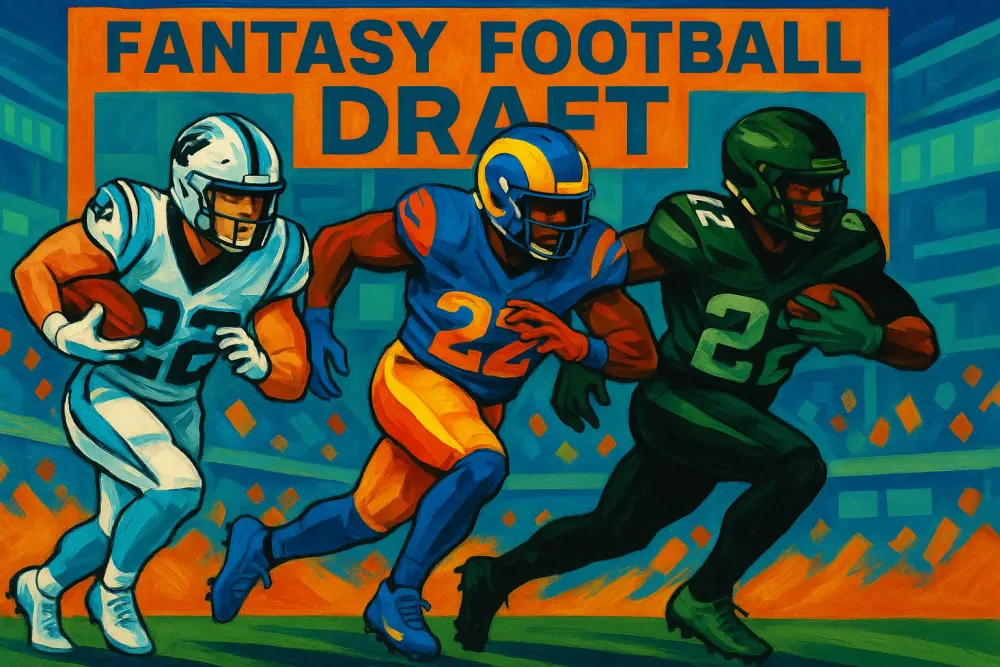Top Running Backs to Avoid in Your 2025 Fantasy Football Draft

Avoid These Running Backs for a Successful Fantasy Season
As fantasy football managers gear up for the 2025 NFL season, targeting specific players is essential. However, it's equally important to identify players to avoid at their current draft costs. Successfully navigating the draft can be the difference between winning your league and falling short, especially when it comes to avoiding first-round flops.
Christian McCaffrey: Risky Investment
Christian McCaffrey is a prime example of a player with high upside but significant risks. If he can stay healthy for an entire season, he has the potential to be the top player in fantasy. However, that “if healthy” clause has marred his recent seasons—he's missed games in three of the last five years, including four in 2024. With his 30th birthday approaching, a typical cautionary age for running backs, and a last season characterized by low efficiency (just 5.4 yards per touch), investing a first-round pick in him raises red flags.
Cam Akers: Limited Upside
Despite scoring more standard fantasy points than most running backs last season, Cam Akers carries uncertainty that may diminish his value. His impressive production last season belies some underlying concerns, such as a decline in efficiency, with his yards per touch falling to a career-low 4.2. The Rams haven't aggressively pursued alternatives to Akers, but his lack of explosive plays and elusiveness suggests that choosing him in the second or early third round could be risky, especially if he fails to replicate his past opportunities.
Breece Hall: Questionable Volume
Breece Hall's potential has been debated, but given his history, he poses a risk for fantasy drafters. Despite being a highly touted prospect, the fact that he has yet to record a 1,000-yard rushing season raises concerns about his threat as an elite back. Additionally, with the arrival of quarterback Justin Fields, who has a career completion percentage of just 61.1%, questions loom about Hall's effectiveness in the passing game. Moreover, the coaching staff's intent to employ a committee approach at running back may further limit Hall's opportunities. Given these factors, his average third-round cost may not align with expected outputs.
In conclusion, while targeting league-winners is vital, avoiding high-risk players at inflated draft prices is equally crucial. The 2025 fantasy football draft should involve careful consideration of these risk-laden running backs to build a winning roster.









